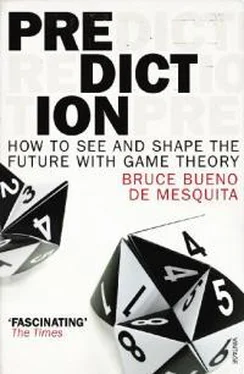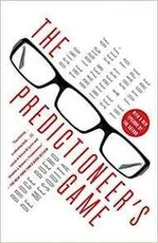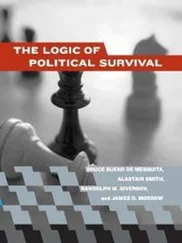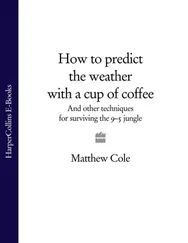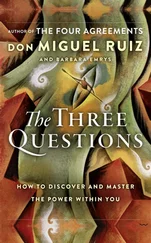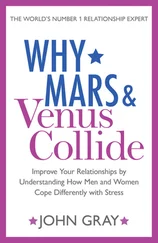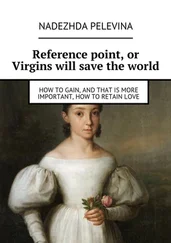What’s interesting about the four pieces of information that I contend are crucial is that while they’re not the kind of stuff that can be easily looked up in a book, it is possible to tease such information out of articles in The Economist, Us News & World Report, Time, Newsweek, The Financial Times, The New York Times, The Wall Street Journal , and from Internet stories and other news outlets. Understanding the availability of such information, and having the confidence to employ it, is a big part of predicting and engineering outcomes. Admittedly, it is a lot of work going through so many news sources, and for problems with a short fuse, that approach can take too long. Luckily, there is a more efficient way to get the information—ask the experts. It’s that simple.
Experts have invested years in learning a place’s culture, language, and history. They follow the intimate political details that go on in the area they study. If anyone knows who will try to shape decisions, how influential those people can be, where they stand, and how much they care about an issue, it is the experts. Come to think of it, isn’t knowing this information what it means to be an expert?
About now you might wonder, if the experts know the information needed to make predictions, what do we need a predictioneer for? Here is where specialization of skills is really important. It’s important to remember that experts alone do not do nearly as well at anticipating developments as do experts combined with a good model of how people think. A declassified CIA study reports that my forecasting model has hit the bull’s-eye about twice as often as the government’s experts who provided me with data. 1I certainly don’t know more than they do about the countries or problems they study. In fact, I often know no more than what they tell me. But they’re not experts on how people make choices, because that, after all, is not the focus of their knowledge.
With all of the information we collect in order to predict and shape outcomes, computer modeling is necessary both to organize the data and to run simulations of negotiations or exchanges. Think of these simulations as a game of chess in many dimensions, in which the computer calculates everyone’s expected actions, taking anticipated responses by everyone else into account. The computer has a tremendous advantage over experts, analysts, or the smartest decision makers when it comes to playing such a complicated game. Computers don’t get tired; they don’t get bored; they don’t need coffee breaks or much sleep; and they have fabulous memories. They are content to crunch as much information as we shovel into them.
Consider the computer’s advantage. Suppose we were examining the North Korean nuclear problem in 2004, as I was, and suppose we simplified it (which I didn’t) to consider just five players: George W. Bush, Kim Jong Il, Russia’s Vladimir Putin, China’s Hu Jintao, and South Korea’s Roh Moo Hyun (ignoring Japan for the moment). How many conversations among the parties to the talks might each of those five decision makers want to know about?
George Bush certainly would want to keep track of what he said to each of the other four and what each of them said to him. They would all want to keep tabs as well on any proposals they made and any they heard from others. That’s twenty exchanges of views right there. Certainly that is not all that any of them would want to know. Bush would be interested to know, or at least try to figure out, what Kim Jong Il might be saying to Putin, to Hu Jintao, and to Roh, and each of them would want to know about the conversations they were not directly involved in too. That’s another sixty possible discussions. And Bush might even want to know what, for example, Putin thought Kim was saying to Hu Jintao and to Roh Moo Hyun, not to mention what he thought Roh said to Hu and to Kim, and so on.
All in all, taking all the layers of information being traded back and forth among just these five decision makers, there are 120 possible exchanges or imagined exchanges (that is, 5 factorial, or 5 × 4 × 3 × 2 = 120) to know about. Keeping track of those 120 possible offers and counteroffers that might be on the table is essential in sorting out what is best to do at any moment in a negotiation. Those 120 possible exchanges of points of view and beliefs about such exchanges are what can happen in a single round of bargaining with just five stakeholders. It might be surprising to know that a smart person can keep that amount of information pretty straight in his or her head. Keeping the information straight, however, becomes an acute problem as the number of interested parties rises.
Just adding Japan’s prime minister—the talks are, after all, six-party talks, not five-party talks—to the mix inflates the number of important bits of information six times from 120 to 720. Moving up just to ten players, the number of useful pieces of information rises astonishingly to over 3.6 million! No one—not Newton, not Einstein, not von Neumann—can keep that much information straight in his head; but of course the tireless computer can.
Alas, the computer’s great memory and excellent work habits come at a price. There is a vital gap between how experts or newspaper articles express facts and how computers ingest and digest them. Like the rest of us, experts communicate in sentences. Models talk in numbers. So part of my job is to turn sentences into numbers so that the computer can crunch away. Numbers have big advantages over words—and not just for computers. Most importantly, numbers are clear; words are vague. It’s essential to turn information into numerical values, and in fact it’s not especially hard to do.
To get a sense of how readily experts know the information needed to make reliable predictions, and to see how easily the information can be turned into numbers, try an experiment. Interview someone you think of as really knowing about your friends and family, including perhaps yourself. Pick an issue that is important to your family or friends. It doesn’t have to be about world affairs; it could be about where to have dinner, or what movie to see, or whatever else leads to disagreements. The easiest sort of issue to do as a first try is what I call a beauty contest. Say you and some friends are trying to choose between two movies. Anyone who really truly wants to see The Sound of Music (or fill in whatever first-run movie might grab your fancy) gets a value of 100, and anyone really committed to seeing A Clockwork Orange (another great old film) gets a 0. Then you should be able to rate how strongly each friend leans toward one movie or the other. Any who are truly indifferent get a 50; anyone leaning slightly toward A Clockwork Orange might be close to 50, say at 40 or 45, and so on. You or the “expert” you are interviewing need to calibrate their strength of feeling as accurately as possible. This way, movie preferences are turned into one value for each chooser—that is, each family member and/or friend involved in shaping the decision. The process is exactly the same, although the choices may be more complex, whether deciding what movie to see or addressing North Korea’s nuclear choices. Sure, the stakes differ, but once the essential facts are extracted, the process of turning stated objectives into a predicted outcome is the same.
Now estimate how eager each friend or family member—each player—is to weigh in on the decision. If you think a family member will drop what he or she is doing to discuss the movie to see, rate that person’s “salience” (variable 3 on my list) close to 100 (no one is ever really at 100). The less focused you think someone is on the movie choice, the lower the salience score. If a family member is the sort who would say, “Look, I’ll go to whatever movie you choose, but really I don’t have time to get involved in picking which one,” that’s somewhere around a 10. On the other hand, if you think a friend will say, “I’m busy right now but call me back in ten minutes,” that’s pretty high salience. “Call me back in an hour” is lower, and “Call me back next week” is much lower. With a bit of effort, it shouldn’t be that hard to calibrate how important the movie decision is to each person compared to the other decisions they have to make (not compared to each other, mind you, but compared to other things they need to do or deal with).
Читать дальше
